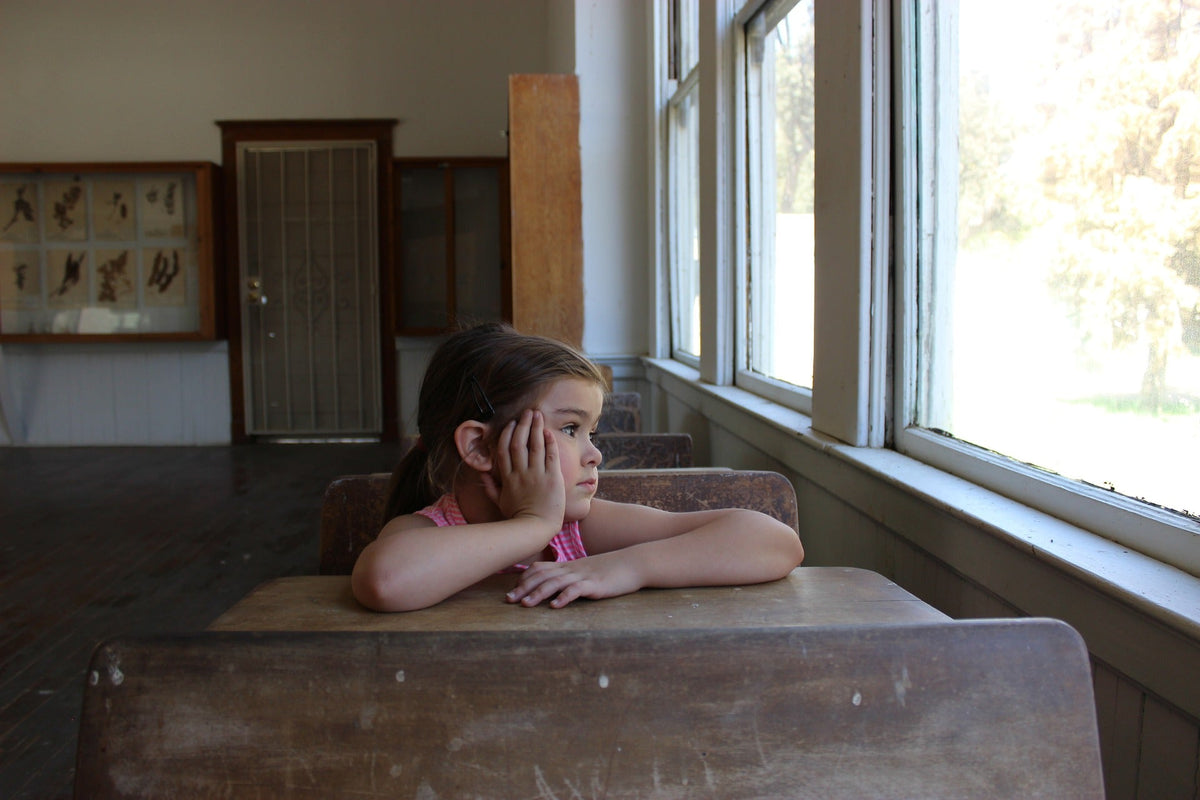
Inadequate ventilation in schools has a negative impact on learning
|
|
Scientific studies have long shown that living in unventilated spaces reduces working capacity and poses increased risks to human health. The main factors causing negative effects are oxygen deficiency and increased levels of carbon dioxide (CO2). It is therefore particularly important to ensure normal air exchange in establishments where large numbers of people are permanently housed in small spaces, particularly schools.
Prolonged exposure to poor indoor air quality can cause symptoms such as difficulty concentrating, fatigue and drowsiness. This has a negative impact on our thinking and reasoning abilities. Calculations have shown that our cognitive abilities decrease by 15% once indoor CO2 levels reach 945 ppm (parts per million). But if it rises to 1400 ppm, the average cognitive performance is already halved!
This can be particularly dangerous in schools, where children are often forced to stay in poorly ventilated rooms for long periods. Elevated CO2 levels in classrooms can cause serious problems in the education of children and young people, as they interfere with concentration and learning, reducing the ability to grasp lessons. If nothing is done about it, pupils' immunity and general health also deteriorate. More serious health risks can also arise, including an increased risk of infectious diseases, as unventilated air significantly increases the concentration of pathogens.
The suspicion of poor air quality in Latvian schools was long-standing, as individual measurements in some places showed that the problem was present. However, it was not possible to see a comprehensive picture, as schools differ so much from one another, so the Ministry of Education and Science launched an initiative to install air quality monitors in all Latvian schools.
The exercise was completed in May 2022 and the heads of the educational establishments say that the new gauges give a good picture of the situation. The readings, which can be accessed by anyone, motivate teachers and pupils to think more about ventilating their rooms - even if there is no indication of poor air quality yet.
But a Health Inspectorate study published this autumn, which looked at an important indicator of the quality of the indoor environment in educational establishments - CO2 concentrations - paints an unattractive picture in many places. In nearly a third of classrooms (27%), the quality of air exchange or ventilation is rated as poor. By contrast, the World Health Organisation (WHO) recommended average CO2 level of 1000 ppm is not exceeded in only 17% of classrooms.
OR
However, simply ventilating rooms by opening windows gives the misleading impression that the whole room has been ventilated, especially in cold weather, leading to high heat loss and higher heating costs. Today, with the emphasis on energy-efficient solutions in many places and the significant increase in heating prices, simply letting the heat out seems unacceptable to many. Therefore, in winter at our latitudes it is often difficult to ensure optimal air quality and a comfortable indoor microclimate in general, because in addition to oxygen and CO2 concentrations, important parameters such as air temperature and humidity must also be taken into account. If the air is fresh but too cold, it will also cause some discomfort and other risks.
The current situation in schools is caused by many factors - building features that do not even have a normal ventilation system, ventilation elsewhere that is not working because of its inefficiency and high energy consumption or heat loss. There may be various reasons why schools are in the current situation of struggling with poor air quality, but there are simple and effective improvements that can be made. Modern, energy-efficient, easy-to-install and easy-to-use ventilation and heat recovery systems help to prevent air quality problems. They return stored heat, are equipped with air filters and, in addition, reduce pathogens in the air by means of ultraviolet (UV) radiation, thus exchanging the air throughout the room, unlike ventilating with an open window. Different solutions exist depending on the specifics of each building and the needs of the customer. For example, centralised and decentralised ventilation systems of different sizes and capacities can be chosen. Which solution is preferred in which case must be assessed individually. Decentralised systems are more efficient, allow optimum adjustment of the required air exchange in each individual room, and allow rapid changes in ventilation modes. There are solutions, but more about them in a future article.
OR
HELTY is an innovative Italian company with 40 years of experience, specialised in the development of innovative solutions for intelligent heat recovery and indoor comfort with air filtration.
HELTY offers both individual recuperation units and recuperation systems whose main objective is to ensure an efficient exchange of indoor air while maintaining the current indoor temperature, thus preventing humidity, mould and airlessness.
If you want to know the solution for your space, select one of the buttons below -
"Find out your solution" or "Call us".
OR
